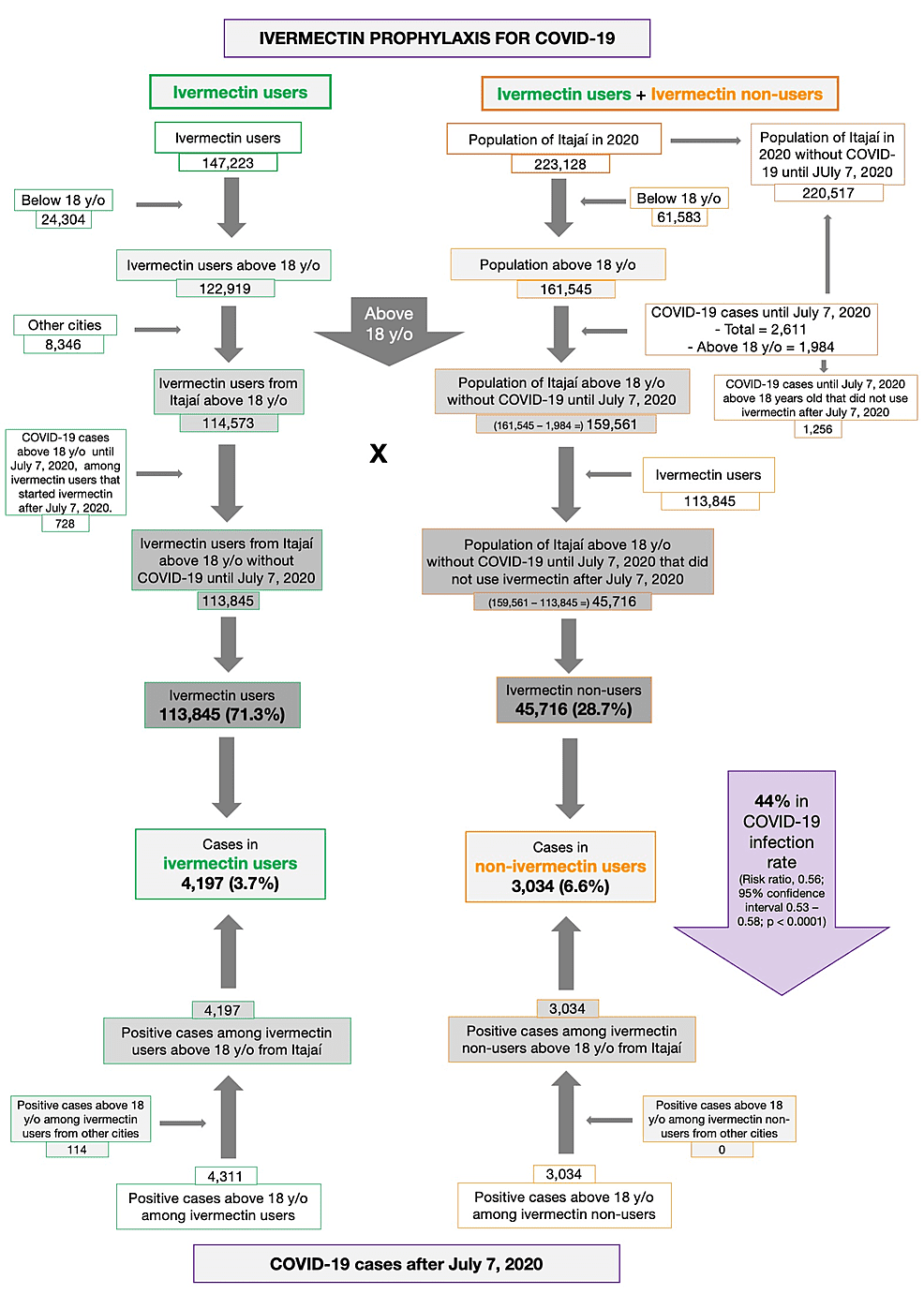Perry Staltic
Member
- Joined
- Dec 14, 2020
- Messages
- 8,186
What's the claimed mechanism of action of Ivermectin? Is it even supposed to work against "viruses?"
The two MOA that impress me the most are it's abilities to disrupt viral binding to ACE2 (antiviral) and to maintain ATP under hypoxic conditions.
The mechanisms of action of Ivermectin against SARS-CoV-2: An evidence-based clinical review article




